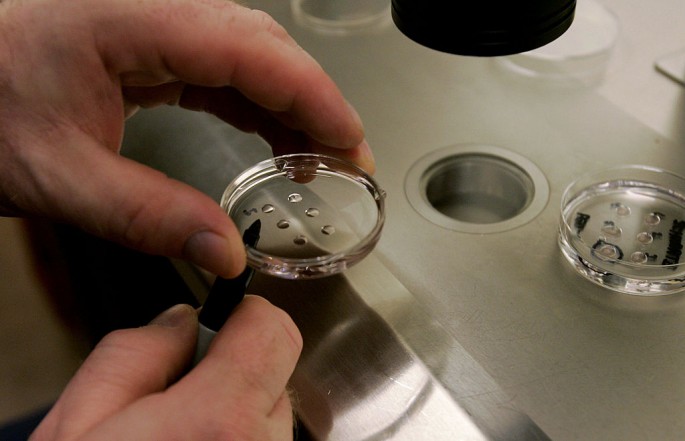Tianzhou-1 was recently launched into space on Thursday, April 26. With it are the hopes and dreams of many space scientists in China, including the study of human body organs in outer space.
Although conducting studies on human organs outside of earth remains unlikely for now, Tianzhou-1 might be able to pave a way for a breakthrough.
According to an article by SpaceDaily.com, the spacecraft is carrying embryoid bodies of mice and embryonic stem cells so scientists from the Institute of Zoology of the Chinese Academy of Sciences (CAS) can experiment and study what micro-gravity can do on two processes: embryonic stem cell differentiation and proliferation.
The scientists will use the telescope images taken of the subjects aboard Tianzhou-1 alongside experiments conducted on the ground.
“We hope to get an initial understanding about the space micro-gravity effects on stem cell proliferation and differentiation,” Duan Enkui, the lead researcher of the project, told SpaceDaily.com.
Widely regarded as one of the most important research studies of today, stem cell biology can push the envelope of science further, particularly in the areas of regenerative medicine research and tissue engineering.
Stem cells are unique in that they are pluripotent, meaning they can become any type of cell present in the body, human or otherwise.
Another unique trait of embryonic stem cells is the capability to regenerate or renew as well as multiply in the body without compromising their pluripotency.
Only a handful of treatments are utilizing stem cells at present, but experts believe that more research on embryonic stem cells can lead to treating a wide range of illnesses.
Scientists studying the stem cells carried by Tianzhou-1 certainly hope to unlock how micro-gravity can be harnessed to improve the in-vitro expansion of embryonic stem cells.
“Maybe scientists will be able to induce stem cells to grow into certain tissues or organs in space in the future to serve people on earth,” said Lei Xiaohua, a member of the research team.




























